Third Eye Vision

"Living systems possess an exquisitely accurate internal biological clock that times daily events ranging from sleep and wakefulness in humans to photosynthesis in plants."
—Central and Peripheral Circadian Clocks in Mammals. J. Mohawk et. al.
In the midst of a glorious autumn, the arrival of an unexpected snowstorm yesterday made it very clear that the seasons are rapidly changing.

However, seeing these obvious, and highly visible, clues obscures the fact that our animal bodies have already been tracking the changing seasons in ways we're not even conscious of.
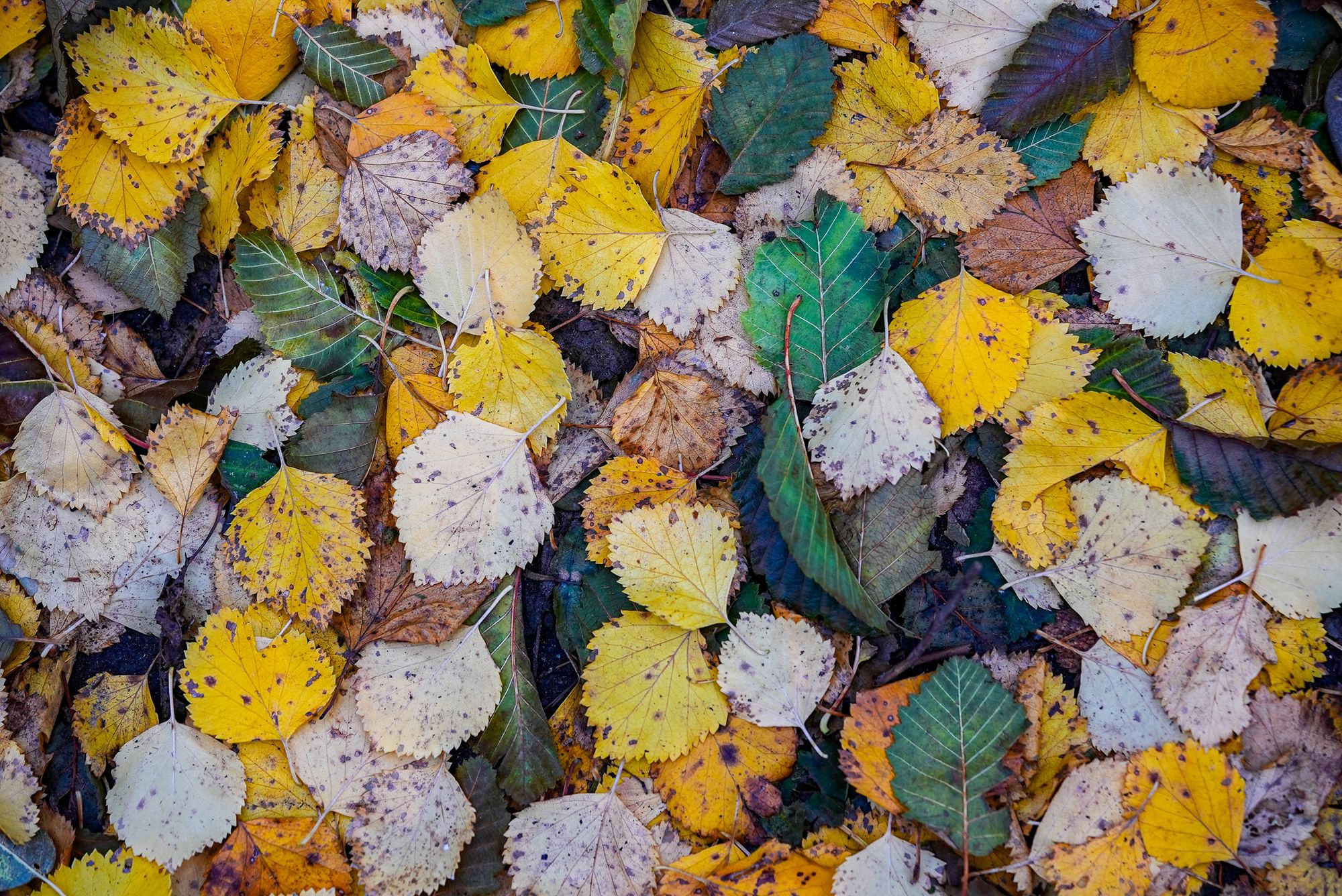
It's clear that we watch the world with our eyes. And yes, our eyes are marvelous organs, but they are limited to seeing light in the visible spectrum.
In the visible spectrum we see sunlight as sunlight, whether it's summer or winter. But the sun's rays are profoundly different at different seasons because they follow different paths through the atmosphere.
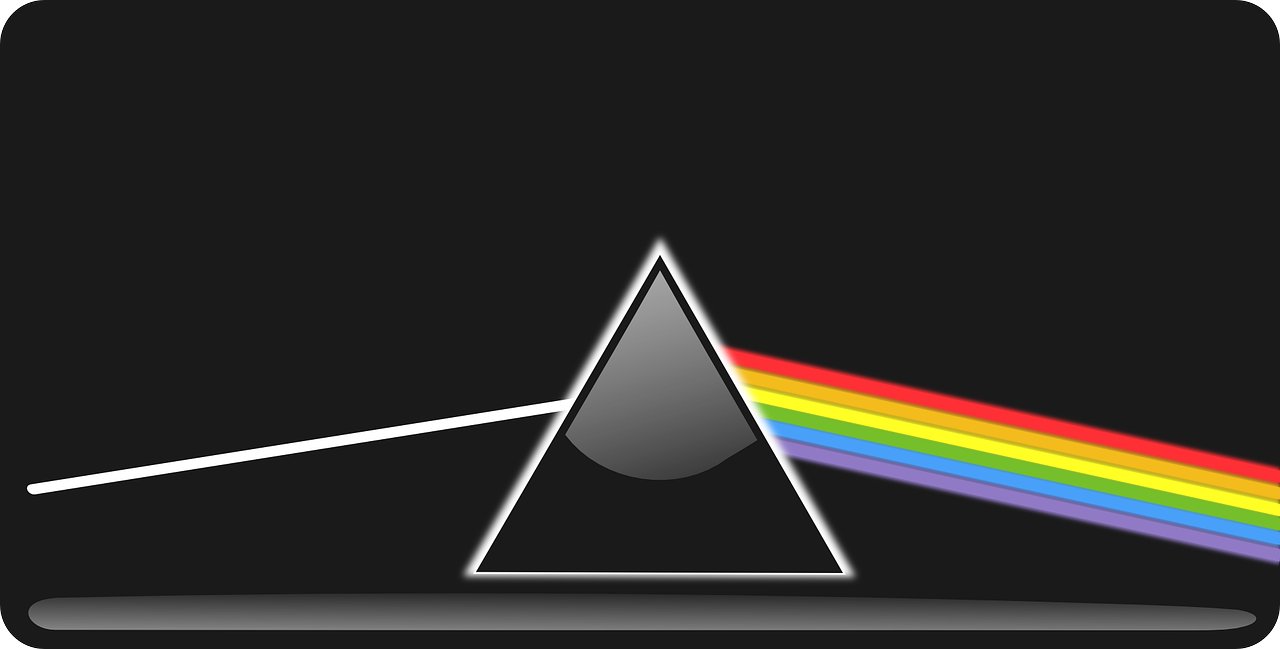
Where I live, in the Northern Hemisphere, the sun's rays beam down directly upon us in the summer, but in the winter they come in at a much lower angle from the south. Coming in at a low angle means that sunlight must travel a greater distance and is scattered by particles and gases in the atmosphere which alter the composition of the short and long wavelengths that reach us.
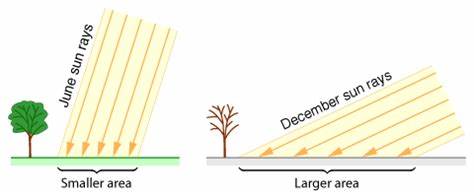
We do not, and cannot, see changes in the invisible portions of the light spectrum at different times of year, but we have an organ in our brain that does track these seasonal changes. This organ is the pineal gland, popularly called the "third eye."
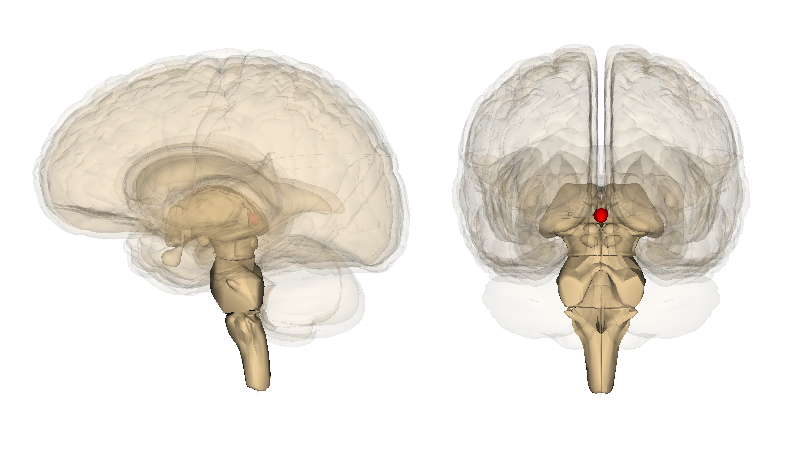
In more primitive animals like frogs and lizards, the pineal gland is literally an eye, known as the parietal eye, complete with a translucent, optically-active opening in the top of the skull.
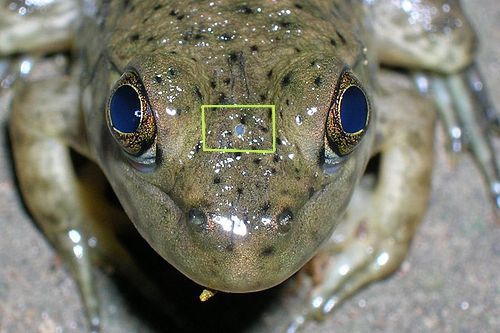
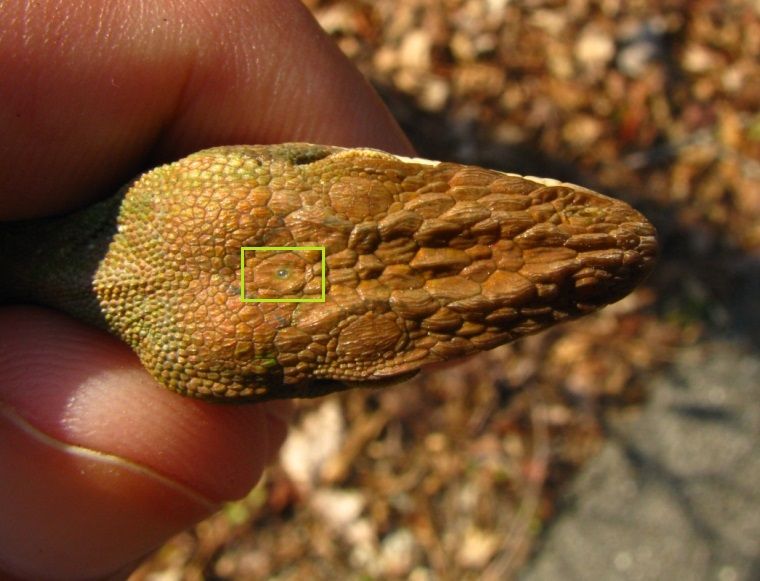
The parietal eye is a clear dot between the eyes of frogs and lizards. Photos courtesy of Wikipedia
This opening has been lost in higher animals, and in mammals the pineal gland has been moved further back in the brain, but it is worth noting that human infants are born with a soft spot (that later closes), in the same location as the primitive parietal eye.
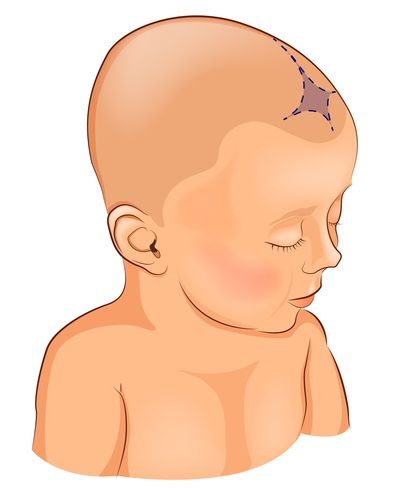
Our pineal gland uses information from incoming light—both the changing composition of the light spectrum and the length of day vs. night—as a finely-tuned clock that controls our responses to the changing seasons.
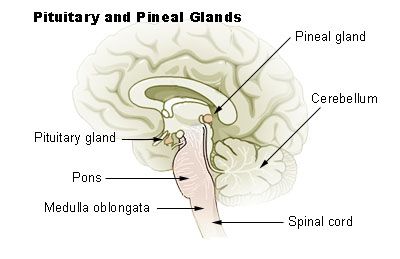
This finely tuned, circadian clock is managed by two hormones. During the day, our bodies are flooded with serotonin, a hormone that keeps us alert and happy. And then at night our pineal gland uses an enzyme called N-acetyltransferase to convert serotonin into melatonin, a hormone that promotes deep, healthy sleep while cleaning our body of dangerous free radicals. The longer the night, the more time these enzymes have to produce melatonin.

Melatonin is also critical because it's the hormone that triggers how we respond to the changing seasons, whether that means eating different foods, putting on weight, migrating south (if you're a bird), or changing the color of your fur (if you're an animal like a snowshoe hare).

Ultimately, we see many signs of the changing seasons with our eyes, but thanks to our "third eye," we are actually "seeing" a lot more than we realize.

Bonus: Here are a few more fascinating tidbits...
If the amount of darkness you experience impacts how much melatonin your body produces, think about how watching television, using your computer and smartphone at night, or having lights on after sunset might impact your body's internal clock!
This is actually a tremendously important field of research, but it's not something you hear about very often. For example, avoiding lights at night, and giving your body more time to produce melatonin, correlates strongly with rates of cancer, depression, and many other critical issues.
Even the simple act of turning on a light at night (even for a millisecond!) has a huge impact, because your pineal gland reads this as sunrise and throws your internal clock out of sync.
In other words, there's a lot more to this story than we can cover in one short newsletter, but it's a topic worth learning about!
Member discussion